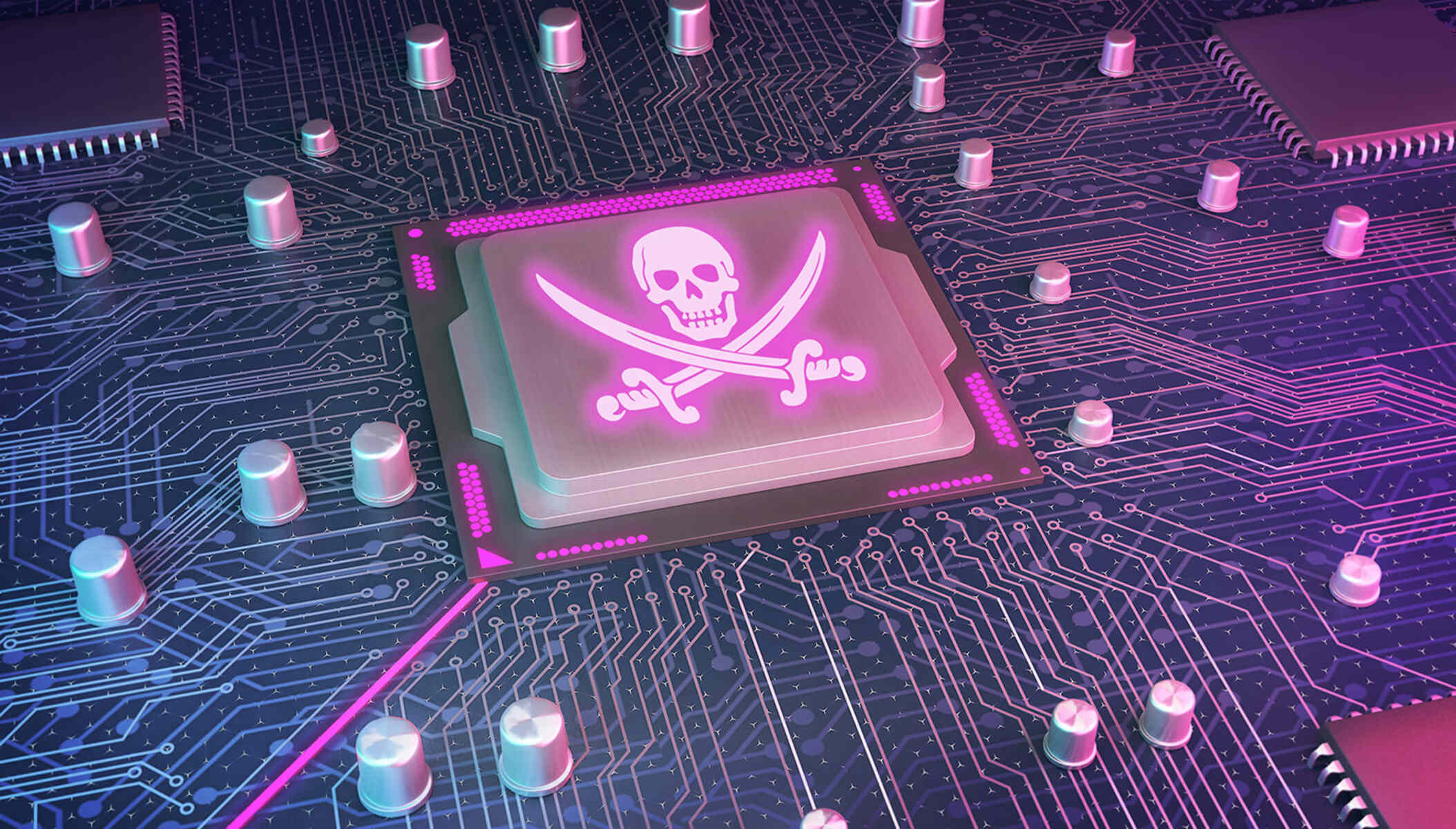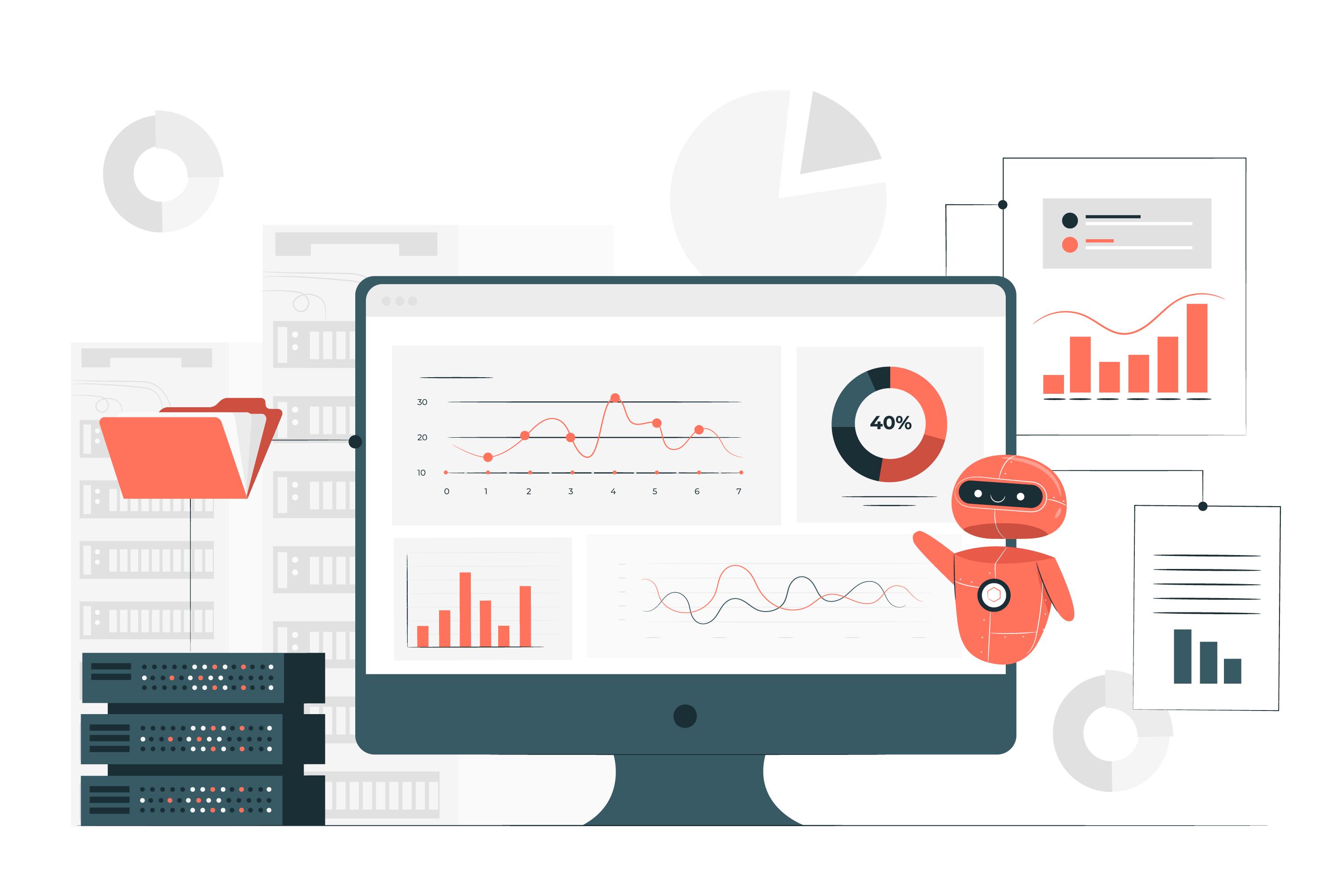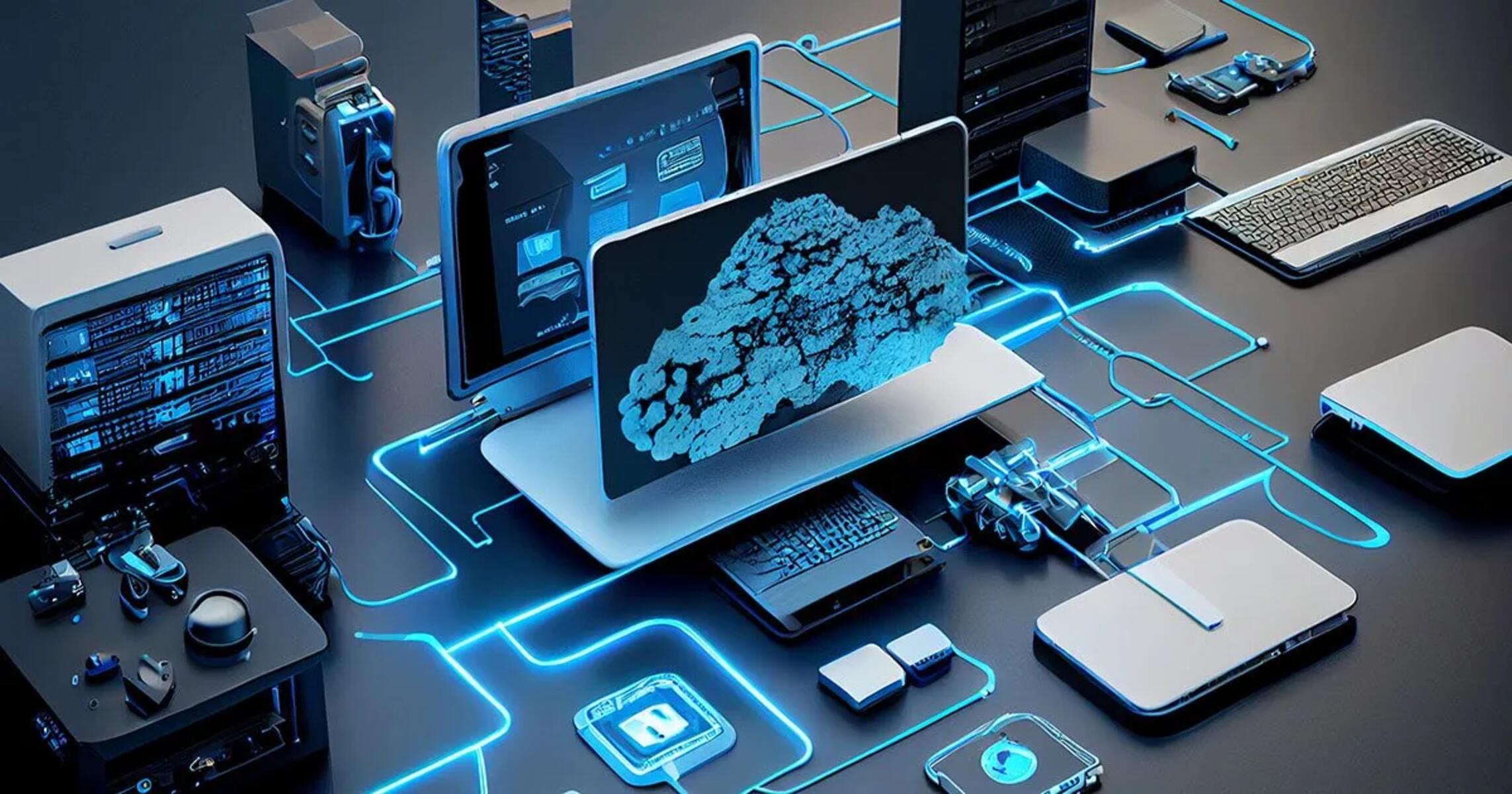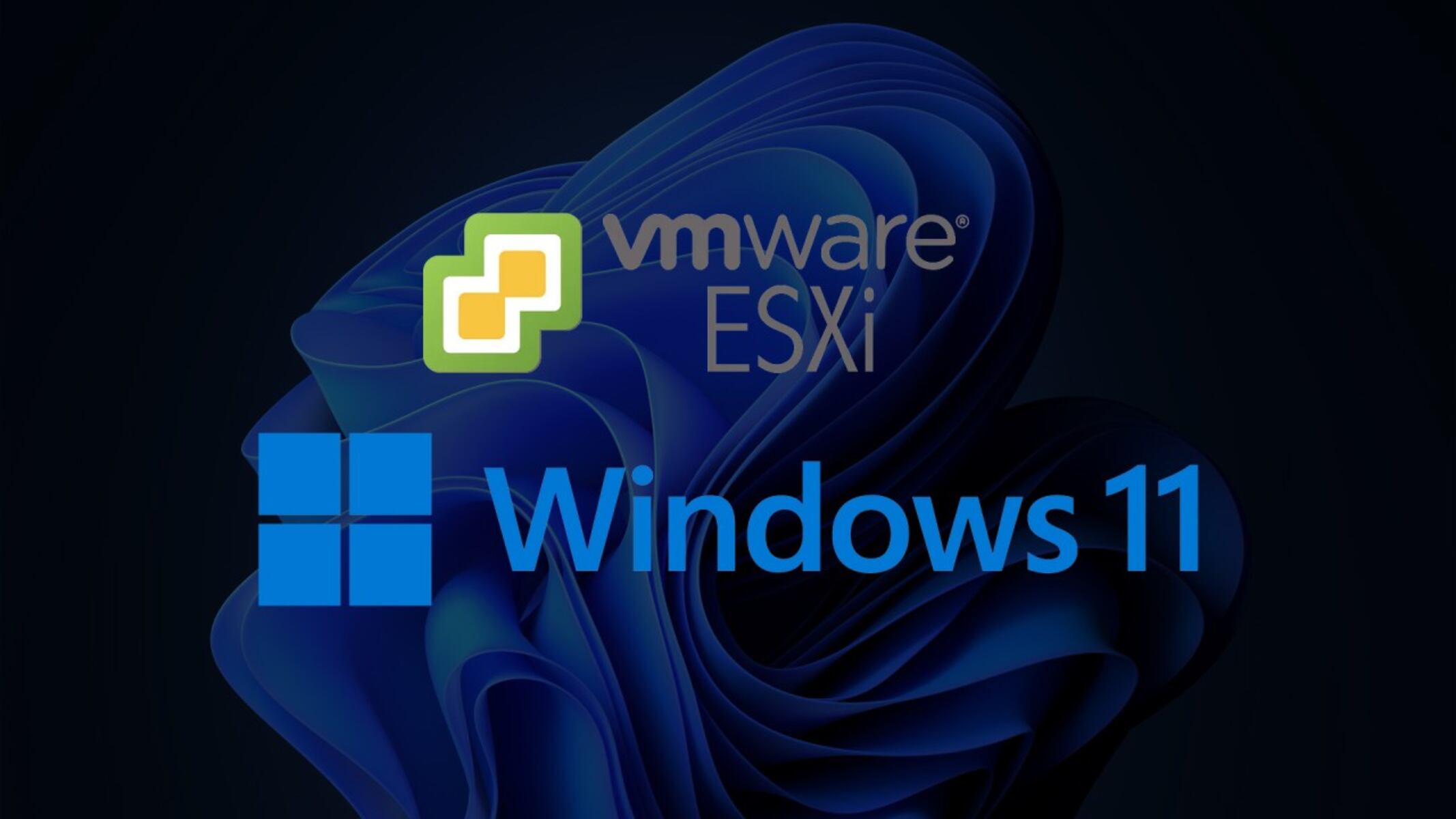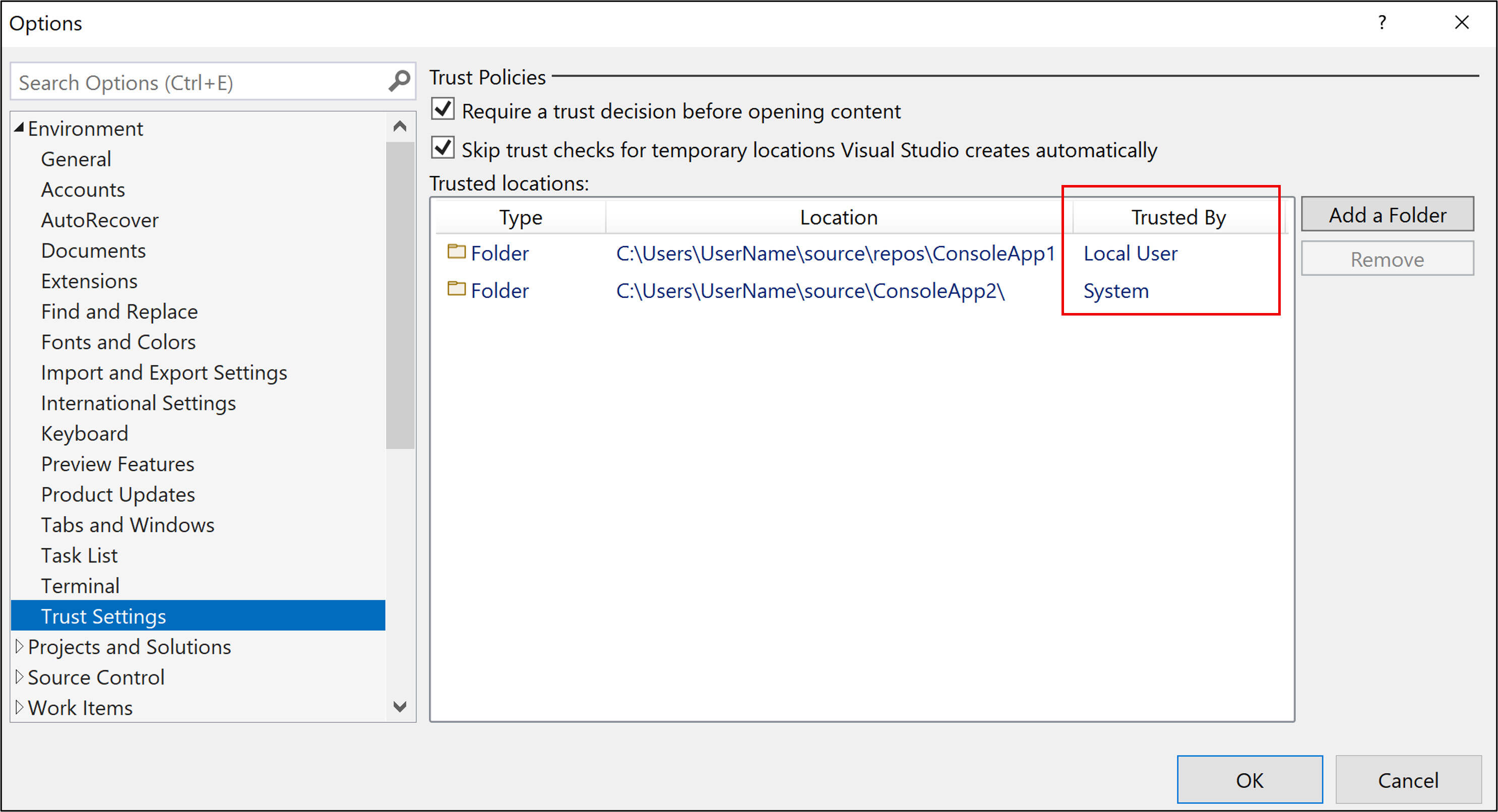Introduction
When it comes to the security of your organization’s network, having a solid workstation domain policy is crucial. This policy outlines the rules and guidelines for the use of antivirus and malicious software within your organization. By implementing a comprehensive policy, you can ensure the protection of sensitive information, prevent malware infections, and maintain the overall integrity of your network infrastructure.
With the increasing sophistication of cyber threats, it is essential to establish proactive measures to safeguard your workstations. A well-crafted workstation domain policy not only helps prevent virus and malware infections but also helps minimize the damage if an incident does occur. By defining clear guidelines and responsibilities, you can effectively manage antivirus software deployment, regular updates, malware handling, employee education, monitoring, and reporting.
In this article, we will explore the important elements needed in a workstation domain policy regarding the use of antivirus and malicious software. We will discuss best practices for managing antivirus solutions, handling malware incidents, educating employees, and ensuring effective monitoring and reporting.
By the end of this article, you will have a clear understanding of how to develop a comprehensive workstation domain policy that provides a strong defense against cyber threats and ensures the security of your organization’s network.
Why is a Workstation Domain Policy Important?
A well-defined workstation domain policy is of utmost importance for any organization. It serves as a framework for establishing rules and guidelines regarding the use of antivirus and malicious software within the network. Here are the key reasons why having a workstation domain policy is crucial:
- Protecting sensitive information: A workstation domain policy ensures that all workstations within the organization are equipped with appropriate antivirus software. This helps protect sensitive information, such as financial data, customer records, and intellectual property, from being compromised by malware attacks.
- Preventing malware infections: Implementing a workstation domain policy enables organizations to take proactive measures to prevent malware infections. By enforcing the use of antivirus software, regular updates, and scans, organizations can minimize the risk of malware spreading through their network and infecting critical systems.
- Maintaining network integrity: Malware infections can have far-reaching consequences, including network downtime, data loss, and unauthorized access to confidential information. A well-crafted workstation domain policy ensures the integrity of the organization’s network infrastructure by establishing guidelines for maintaining secure workstations and preventing the spread of malware.
- Compliance with industry standards: Many industries have specific compliance requirements for data security. Having a robust workstation domain policy that aligns with industry best practices and regulatory standards demonstrates the organization’s commitment to protecting sensitive information. It can help organizations avoid potential legal repercussions and maintain the trust of customers and stakeholders.
- Efficient incident response: In the event of a malware infection, a workstation domain policy provides clear guidelines for handling the incident. This includes procedures for isolating infected workstations, initiating remediation measures, and restoring affected systems. Having predefined processes in place enables organizations to respond quickly and effectively, minimizing the impact of a security breach.
In summary, a well-designed workstation domain policy is essential for protecting sensitive information, preventing malware infections, maintaining network integrity, complying with industry standards, and efficiently responding to security incidents. By implementing a comprehensive policy, organizations can establish a strong defense against cyber threats and ensure the security and resilience of their network infrastructure.
Best Practices for Managing Antivirus and Malicious Software in a Workstation Domain Policy
Developing a comprehensive workstation domain policy is the first step towards maintaining a secure network environment. To ensure the effectiveness of your policy, it’s important to follow best practices for managing antivirus and malicious software. Here are some essential guidelines to consider:
- Define clear responsibilities: Clearly outline the roles and responsibilities of both IT staff and end-users regarding antivirus management. This includes responsibilities for software installation, updates, scanning, and reporting any suspicious activities or potential malware infections.
- Select a reliable antivirus solution: Choose a robust and reputable antivirus software that suits your organization’s needs. Consider factors such as detection rates, real-time protection, ease of use, and compatibility with your workstations. Stay updated with the latest antivirus software reviews and industry recommendations to make an informed decision.
- Configure default security settings: Configure default security settings in your antivirus software to ensure optimal protection. This includes enabling real-time scanning, scheduled scans, automatic updates, and blocking of known malicious websites. Customize these settings based on your organization’s requirements and risk tolerance.
- Regularly update antivirus software: Keep your antivirus software up to date by enabling automatic updates. New threats emerge daily, and antivirus updates include the latest virus definitions and security patches to protect against evolving malware threats. Regular updates are crucial for maintaining the effectiveness of your antivirus software.
- Perform regular antivirus scans: Schedule regular full system scans to detect and remove any existing malware. Ideally, conduct these scans during non-working hours to minimize disruption to users. Additionally, encourage users to perform quick scans on their own workstations regularly.
- Implement malware handling procedures: Establish a clear protocol for handling malware incidents. This should include guidelines for isolating infected workstations, performing thorough malware scans, removing malware, and restoring affected systems from secure backups. Make sure employees are aware of these procedures and provide them with step-by-step instructions.
- Provide employee education and awareness: Educate employees about the importance of following the workstation domain policy. Conduct regular training sessions to raise awareness about phishing emails, suspicious websites, and the proper handling of external media. Encourage users to report any security incidents promptly.
- Monitor antivirus effectiveness: Implement a system for monitoring the effectiveness of your antivirus software. This can include tracking malware detection rates, analyzing scan reports, and reviewing security logs. Regularly evaluate the performance of your antivirus solution and make necessary adjustments to enhance its effectiveness.
- Maintain documentation and policies: Document all policies and procedures related to antivirus management in your workstation domain policy. Ensure these documents are easily accessible to all employees and regularly update them to reflect changes in technology and emerging threats.
By following these best practices for managing antivirus and malicious software, you can establish a robust and effective workstation domain policy. These guidelines will help protect your organization’s network, prevent malware infections, and maintain the integrity of your workstation environment.
Antivirus Software Deployment and Configuration
The deployment and configuration of antivirus software are essential components of a comprehensive workstation domain policy. Properly implementing and configuring antivirus software ensures the optimal protection of your organization’s workstations. Here are some best practices to follow when deploying and configuring antivirus software:
- Choose a centralized management solution: Utilize a centralized antivirus management solution that allows for easy installation, updates, and monitoring of antivirus software across all workstations within the network. This centralized approach streamlines the management process, improves efficiency, and enables consistent policy enforcement.
- Perform a network-wide deployment: Ensure that antivirus software is deployed on all workstations within the network, including both desktops and laptops. Leaving any devices unprotected can create vulnerable entry points for malware infections. Implementing a network-wide deployment ensures consistent protection for all endpoints.
- Configure real-time scanning: Enable real-time scanning in your antivirus software to provide continuous monitoring for malware threats. Real-time scanning detects and blocks malicious files and processes as they are accessed or executed. This proactive approach helps prevent malware from compromising workstations and spreading within the network.
- Enable automatic updates: Configure antivirus software to automatically download and install updates. Regular updates are vital for staying protected against the latest malware threats and ensuring that your antivirus software can effectively detect and eliminate new viruses and malware variants.
- Utilize proactive detection techniques: Take advantage of advanced detection techniques, such as behavior-based analysis and machine learning algorithms, offered by modern antivirus software. These techniques can identify and block zero-day threats and previously unidentified malware based on their behavior or characteristics, providing an additional layer of defense.
- Create exclusion rules: Define exclusion rules in your antivirus software, excluding trusted files or applications from scanning if they are known to be safe. This helps prevent false positives and reduces unnecessary system resource usage, optimizing the performance of your workstations.
- Implement scanning schedules: Set up regular scanning schedules to scan all files and directories on workstations. Schedule scans during non-peak hours to minimize disruption to users. Balance the frequency and depth of scans based on the workstation’s usage and the sensitivity of the data it handles.
- Enable email scanning: Enable email scanning capabilities in your antivirus software to detect and block malicious attachments or links in emails. Email is a common vector for malware distribution, and scanning incoming and outgoing messages helps prevent malware from infiltrating workstations through email communications.
- Regularly test and validate: Periodically test the effectiveness of your antivirus software by simulating malware attacks or utilizing test files. Validate that the software detects and blocks these threats effectively. Regular testing ensures that your antivirus software is functioning as expected and provides accurate protection.
- Review and update policies: Continuously review and update your workstation domain policy to reflect changes in technology and emerging threats. Stay informed about the latest antivirus software features and industry best practices to enhance the configuration and deployment of antivirus software within your organization.
By following these best practices for antivirus software deployment and configuration, you can establish a robust defense against malware and ensure the maximum protection of your workstations. Properly deployed and configured antivirus software mitigates the risk of malware infections, safeguards sensitive data, and preserves the overall security of your organization’s network infrastructure.
Regular Antivirus Updates and Scans
Regular antivirus updates and scans are essential for maintaining the effectiveness of your antivirus software and ensuring the ongoing security of your workstations. Here are some best practices to follow when it comes to regular antivirus updates and scans:
- Enable automatic updates: Configure your antivirus software to automatically download and install updates. This ensures that your software is equipped with the latest virus definitions, security patches, and other essential updates. Automatic updates help protect your workstations against newly emerging malware threats.
- Define a scheduled scanning routine: Set up a regular scanning schedule to scan all files and directories on your workstations. The frequency and depth of scans will depend on factors such as the workstation’s usage and the sensitivity of the data it handles. Schedule scans during non-working hours to minimize disruption to users.
- Include real-time scanning: Enable real-time scanning in your antivirus software to provide continuous monitoring for malware threats. Real-time scanning detects and blocks malicious files and processes as they are accessed or executed. This proactive approach helps prevent malware from compromising your workstations in real-time.
- Perform full system scans periodically: In addition to scheduled scans, perform full system scans on a periodic basis. These comprehensive scans examine all files and directories on the workstation, including hidden and system files. Full system scans are more intensive and can help detect deeply embedded malware that may have evaded detection during regular scans.
- Consider quick scans for on-demand checks: Encourage users to perform quick scans on their workstations whenever they find suspicious files or observe unusual behavior. Quick scans target specific areas on the workstation that are commonly targeted by malware. This allows for swift detection and removal of potential threats.
- Regularly update malware definitions: Malware definitions, also known as signature updates, are the codes that antivirus software uses to identify and block known malware strains. Keep your antivirus software up to date with the latest malware definitions to ensure accurate detection and protection against the most current threats.
- Monitor scan results and take prompt action: Regularly review the scan results provided by your antivirus software. If malware is detected, take immediate action to isolate the infected workstation and initiate the required remediation steps. Prompt action helps prevent the spread of malware within your network and minimizes potential damage.
- Stay informed about emerging threats: Stay updated with the latest news and reports about new and evolving cyber threats. This knowledge will enable you to understand the changing threat landscape and adjust your antivirus update and scanning strategies accordingly. Proactively adapting to emerging threats enhances your overall malware detection and prevention capabilities.
- Educate users about the importance of updates and scans: Ensure that all users within your organization are aware of the importance of regular antivirus updates and scans. Educate them about the role they play in maintaining a secure computing environment and emphasize the potential risks of negligence. Encourage users to report any suspicious activities or potential malware infections promptly.
- Regularly assess the performance of your antivirus solution: Continuously evaluate the performance and effectiveness of your antivirus software. Monitor its impact on workstation performance and assess whether it is adequately detecting and blocking malware. If necessary, consider upgrading to a more advanced antivirus solution that provides better protection and performance.
By following these best practices for regular antivirus updates and scans, you can ensure that your workstations are consistently protected against the latest malware threats. Regular updates and scans help detect and remove malware, safeguard sensitive data, and maintain the overall security of your organization’s network infrastructure.
Handling Malicious Software and Infected Workstations
Despite best efforts to prevent malware infections, there may be instances where malicious software infiltrates your workstations. It is crucial to have a clear plan in place for handling such situations to minimize the impact on your organization’s network and data security. Here are some best practices for effectively handling malicious software and infected workstations:
- Isolate the infected workstation: As soon as a workstation is suspected or confirmed to be infected with malware, isolate it from the network. Disconnecting the infected workstation helps prevent the spread of malware to other devices and reduces the risk of further damage.
- Identify the type and severity of the malware: Determine the type and severity of the malware infection by conducting a thorough malware analysis. This helps you understand the potential risks associated with the infection and aids in selecting the appropriate remediation strategy.
- Quarantine and remove the malicious software: Quarantine and remove the malware from the infected workstation using reputable antivirus or antimalware software. Utilize specialized tools if necessary to detect and eliminate stubborn malware that may have evaded traditional antivirus software.
- Restore the workstation from a clean backup: If possible, restore the infected workstation from a clean backup taken before the infection occurred. This ensures that the workstation is restored to a known good state, free from malware. Regularly backing up important data and system images is essential for effective restoration.
- Update antivirus software and run a full system scan: After removing the malware and restoring the workstation, update your antivirus software to ensure it is equipped with the latest definitions. Perform a full system scan to confirm that the workstation is free from any remaining malware and to provide reassurance of its security.
- Implement security patches and updates: Install the latest security patches and updates for the operating system and other software on the infected workstation. Applying these updates helps address any vulnerabilities that may have been exploited by the malware, reducing the risk of future infections.
- Conduct a post-incident analysis: Perform a post-incident analysis to identify the root cause of the malware infection. Evaluate your existing security measures, policies, and procedures to determine if any improvements or additional safeguards are necessary to prevent similar incidents from occurring in the future.
- Communicate with affected individuals: Inform the user(s) of the infected workstation about the malware incident and provide them with guidance on how to avoid such situations in the future. Offer resources and education on safe browsing habits, recognizing phishing attempts, and reporting suspicious activities to further enhance their awareness of cybersecurity risks.
- Update your workstation domain policy: Review and update your workstation domain policy to incorporate any lessons learned from the malware incident. Modify policies and procedures as necessary to address any vulnerabilities or gaps that were identified during the incident response process.
- Continuously educate and train employees: Regularly educate and train employees on the importance of cybersecurity and safe computing practices. Utilize ongoing awareness campaigns, workshops, or newsletters to reinforce security protocols and promote a culture of vigilance within your organization.
By following these best practices, you can effectively handle malicious software and infected workstations, minimizing the impact on your organization’s network and ensuring the ongoing security of your workstations and data.
Employee Education and Awareness
Employee education and awareness play a critical role in maintaining a secure workstation domain environment. By empowering your employees with the knowledge and skills to identify and respond to cybersecurity threats, you can significantly enhance the overall security posture of your organization. Here are some best practices for employee education and awareness:
- Provide comprehensive cybersecurity training: Develop and deliver comprehensive cybersecurity training programs to educate employees about common cybersecurity threats, such as phishing attacks, malware, and social engineering. Train employees on how to recognize and respond to these threats effectively.
- Create a culture of cybersecurity: Foster a culture within your organization that prioritizes cybersecurity. This involves promoting the responsible use of technology, emphasizing the importance of security practices, and encouraging employees to report any security incidents or suspicious activities promptly.
- Conduct simulated phishing exercises: Regularly conduct simulated phishing exercises to test employees’ susceptibility to phishing attacks. These exercises not only help identify areas for improvement but also raise awareness about the techniques attackers use and reinforce best practices for identifying and handling suspicious emails.
- Encourage strong password practices: Educate employees about the importance of using strong, unique passwords for their workstation accounts. Emphasize the need to avoid reusing passwords across different platforms and provide guidance on creating complex passwords that are difficult for attackers to guess.
- Enable two-factor authentication (2FA): Promote the use of two-factor authentication for accessing critical systems and applications. Explain to employees how 2FA adds an extra layer of security by requiring an additional verification step, such as a unique code sent to their mobile device, in addition to their password.
- Teach safe internet browsing habits: Educate employees about safe internet browsing practices, such as avoiding suspicious websites, clicking on unknown links, or downloading files from untrusted sources. Remind employees to verify the legitimacy of websites before sharing sensitive information or engaging in financial transactions.
- Emphasize the importance of software updates: Remind employees about the significance of keeping their workstation software up to date. Regularly update them about the latest security patches and software updates and encourage them to promptly install these updates to protect against known vulnerabilities.
- Provide guidance on mobile and remote work security: Educate employees on the security considerations when working remotely or using mobile devices. Emphasize the need to use secure Wi-Fi networks, enable device encryption, and implement strong security measures, such as remote device wiping capabilities.
- Establish incident reporting procedures: Clearly communicate the procedures for reporting security incidents to employees. Encourage them to report any suspicious activities, potential malware infections, or data breaches immediately, ensuring a rapid response to such incidents.
- Keep education materials up to date: Continually update your cybersecurity education materials to reflect the latest threats and best practices. Provide employees with easily accessible resources, such as online training modules, infographics, or knowledge bases, to help them stay informed about evolving cybersecurity risks and mitigation techniques.
By implementing a robust program of employee education and awareness, you can empower your workforce to become active participants in the organization’s cybersecurity defenses. Regular training, reinforcement of best practices, and ongoing communication will help create a security-conscious culture within your organization, reducing the risk of successful cyber attacks and enhancing the overall security of your workstation domain environment.
Monitoring and Reporting
Effective monitoring and reporting are crucial components of a comprehensive workstation domain policy. By implementing a robust monitoring system and establishing clear reporting procedures, you can detect and respond to potential security incidents in a timely manner, ensuring the ongoing security of your organization’s network. Here are some best practices for monitoring and reporting:
- Implement real-time monitoring: Utilize a real-time monitoring system to track and analyze network traffic, system logs, and security events. This allows you to detect any abnormal activities or potential security threats promptly. Real-time monitoring enables proactive threat detection and immediate response.
- Set up intrusion detection and prevention: Deploy intrusion detection and prevention systems (IDPS) to monitor network traffic and detect any unauthorized access attempts or suspicious activities. IDPS can automatically block or mitigate potential threats, enhancing your network’s overall security.
- Monitor antivirus software effectiveness: Regularly review the performance and effectiveness of your antivirus software through monitoring and reporting tools provided by the software vendor. Assess the number of detected threats, successful removal rates, and any false positives. This information helps identify potential weaknesses and enables you to fine-tune your security measures.
- Monitor workstation system logs: Continuously monitor system logs on workstations to identify any unusual or suspicious activities. Establish a central log management system that aggregates logs from all workstations for easy analysis and correlation of events. Monitoring system logs can provide valuable insights into potential security incidents.
- Implement network segmentation: Divide your network into different segments and monitor the traffic and activities within each segment individually. This helps contain potential security breaches and restrict unauthorized access to critical systems and data. Monitor inter-segment communication for any anomalies that may indicate a compromised workstation.
- Establish incident response protocols: Develop and document incident response protocols to guide your response in the event of a security incident. Clearly define the roles and responsibilities of the incident response team and outline the steps to be taken when a security event is detected. These protocols ensure a systematic and coordinated response to incidents.
- Encourage proactive reporting: Create a culture where employees are encouraged to report any suspicious activities, potential security incidents or vulnerabilities they come across. Establish a reporting mechanism that allows employees to easily and anonymously report such concerns, fostering a proactive approach to security.
- Analyze and investigate reported incidents: Thoroughly analyze and investigate reported incidents to determine their nature, scope, and potential impact. Conduct detailed forensic analysis if necessary to identify the root cause and any compromised workstations. This information helps improve incident response and strengthens security measures to prevent future incidents.
- Document and share incident findings: Document the findings and lessons learned from security incidents and share them with relevant stakeholders. Use incident reports to inform employees about the nature of the incident, the impact it had, and the measures taken to mitigate the risk. Sharing incident findings promotes transparency and strengthens the overall security awareness within the organization.
- Regularly review and update monitoring procedures: Continuously assess and update your monitoring procedures to adapt to evolving threats and changes in your network infrastructure. Regularly review your monitoring tools and technologies to ensure they remain effective and aligned with industry best practices.
By diligently monitoring your workstation domain environment and establishing effective reporting procedures, you can quickly identify and respond to potential security incidents, minimizing their impact and ensuring the ongoing security of your organization’s network.
Conclusion
A well-designed workstation domain policy regarding the use of antivirus and malicious software is essential for maintaining a secure network environment. By incorporating the best practices outlined in this article, organizations can effectively protect their workstations, prevent malware infections, and ensure the overall integrity of their network infrastructure.
Establishing clear guidelines and responsibilities for antivirus software deployment and configuration is a critical first step. This includes selecting a reliable antivirus solution, enabling real-time scanning, and regularly updating antivirus software to stay protected against the latest threats.
Regular antivirus updates and scans are paramount to maintain the effectiveness of antivirus software. This involves enabling automatic updates, performing scheduled scans, and utilizing real-time scanning to provide continuous protection against malware.
In the event of a malware infection, a well-defined plan for handling malicious software and infected workstations is crucial. This includes isolating and quarantining infected workstations, identifying the type and severity of the malware, and implementing appropriate remediation measures such as removing the malware and restoring workstations from clean backups.
Employee education and awareness are also vital components of a workstation domain policy. By providing comprehensive cybersecurity training, promoting a culture of cybersecurity, and regularly updating employees on emerging threats and best practices, organizations can empower their workforce to be active participants in maintaining a secure computing environment.
Monitoring and reporting are key pillars of a robust workstation domain policy. Implementing real-time monitoring tools, intrusion detection systems, and network segmentation, along with establishing incident response protocols and encouraging proactive reporting, allows organizations to swiftly detect and respond to potential security incidents.
In conclusion, a well-crafted workstation domain policy that encompasses these elements not only protects organizations from malware infections and cyber threats but also instills a strong security posture within the organization. By implementing these best practices, organizations can ensure the ongoing security and integrity of their workstations, safeguard sensitive data, and maintain a resilient network environment.










